An HVAC system plays a crucial role in controlling the indoor climate and ensuring that you are comfortable. Installing an HVAC system can also get overwhelming, given the endless options available.
Additionally, getting an HVAC unit is a considerable investment, so you want to make the right decision.
There are various types of HVAC systems, each with advantages and disadvantages. Our detailed guide covers some of the common types of HVAC systems and their benefits and drawbacks.
5 Types of HVAC Systems
Some of the types of HVAC systems include the following:
1. Standard Split Systems
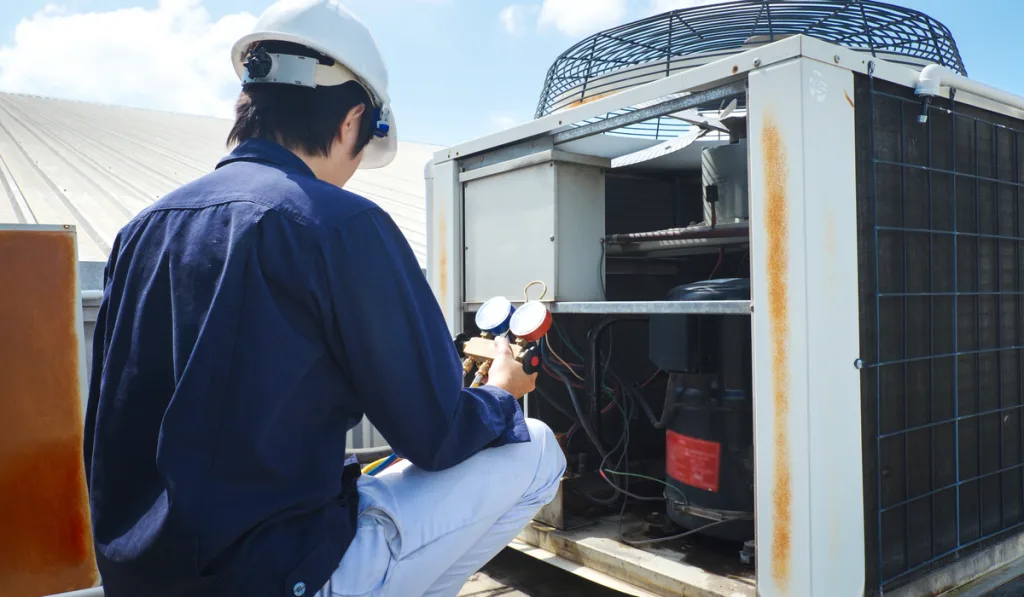
The standard split system is the most popular HVAC system in most homes. Units are placed both outside and inside a building.
Split-system central AC is a popular type of residential heating and air conditioning. The indoor unit needs to be connected to a heat pump or furnace.
Split systems are known for their low operating costs and energy efficiency. These systems are affordable, and you can easily get the replacement parts. You can install new parts with little to no interference to the homes existing connection.
However, unlike other systems, split systems require professional installation as they are made of complex components.
You also can’t mix parts of a split system. Everything needs to be from the same manufacturer if you want to have a valid warranty and an efficient unit.
An HVAC split system mainly consists of:
- Outdoor unit — Consists of a compressor, condenser coil, fan, and electrical parts
- Refrigerant –Moves to and from the indoor and outdoor unit through pipes or refrigerant lines
- Thermostat — Controls the systems and determines the desired temperature
- Evaporator Coil — Housed above the furnace inside a home
- Ducts — Distribute air throughout the house
- Blower — Sends warm air over the cold evaporator coil
2 Common Types of Standard Split Systems
Furnace and AC
Most furnaces use gas and have an efficiency range of 80% for warm climates and up to 98% for cold climates.
The AC’s condensing unit is installed outside, while the evaporator coil is installed inside the furnace’s cabinet. The evaporator coil gathers the heat and sends it outside through the refrigerant that circulates through copper lines.
Heat Pump and Air Handler
Heat pumps are common in warm places. The system uses a heat pump instead of a furnace for heating.
Although a heat pump works like an AC, you can reverse its operation during cold weather. The heat pump distributes heat, while an air handler has a blower motor that circulates the air.
2. Hybrid Split System
Hybrid split systems are an advanced version of regular split systems. The system has a hybrid-electric heater system, which provides improved energy efficiency.
Some people install a heat pump in a hybrid HVAC unit, which allows you to use electricity instead of gas or oil when running the furnace.
A hybrid split system is best suited for a place with a mild climate.
You can easily switch from gas to electric and use it when it’s not too warm or cold, and the electric heat will work fine.
Most hybrid split systems include:
- A gas or oil furnace
- A heat pump to heat or cool the refrigerant
- An evaporator coil to convert refrigerant and distribute air
- Ducts to distribute the cool or warm air
- Components to improve indoor air circulation
3. Ductless System
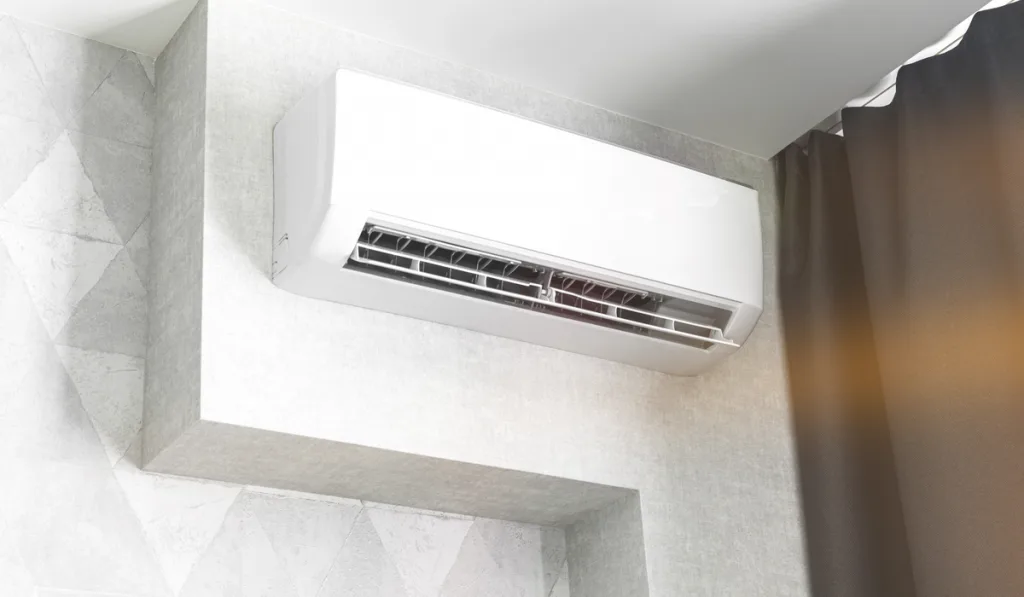
The ductless system is ideal for homes that can not use traditional ducted systems. You can also use this system alongside another HVAC system.
A ductless system has a heat pump for cooling and heating. It also has an outside AC for cooling.
While duct systems require complex installation for both outdoor and indoor units, ductless units only need a small hole drilled in the wall to connect the outdoor and indoor units. That makes them quiet and prevents problems like air leakage.
These units use inverter-driven compressors that ensure the system doesn’t shut down completely. That saves you energy as the unit doesn’t have to consume lots of power when it starts up.
If you’re looking for improved indoor air quality, ductless units are your go-to option. These units filter out the air and remove any dust around.
Additionally, ductless systems require minimal maintenance, as you only need to change the filters. Their compact size and efficiency make ductless units a better option.
Ductless units are installed in areas of a home that need cooling and heating.
Most units will have:
- A fan coil
- A heat pump with a compressor, a fan, and a condenser to heat refrigerant
- Thermostat to run the system
- Tubing and wires for the refrigerant
4. Packaged System
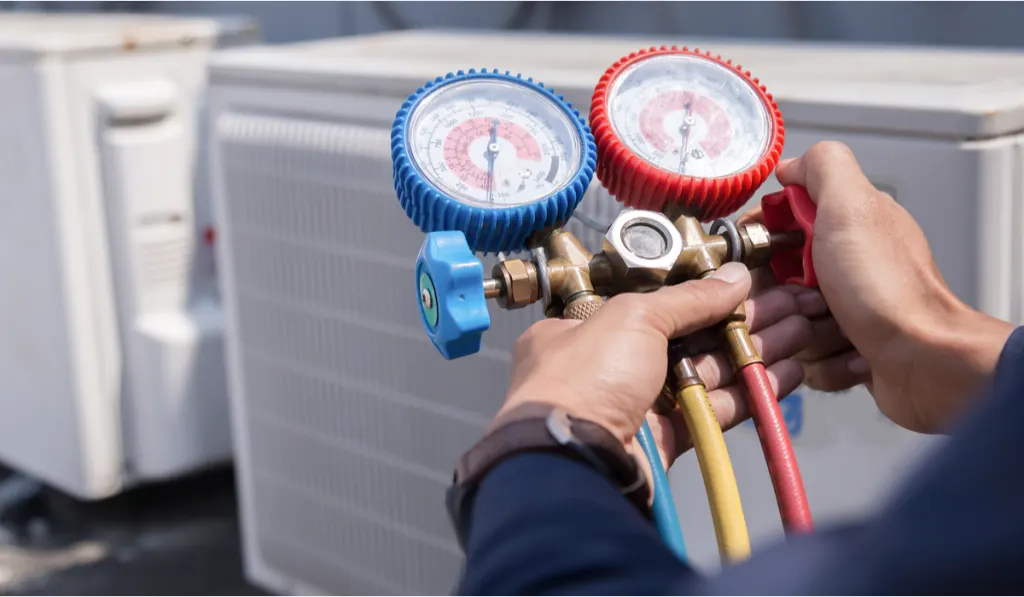
A packaged system provides quality heating and cooling in one unit. The system is installed outdoors and is perfect for homes without basements.
You can use a package system to cool or heat a large space or an entire home. These units are suitable for homes that are too small and can’t fit regular split systems.
Additionally, the packaged system is simpler to install as it can be installed on the side of your building or the roof. It takes up to two days to install, while a split system may take a week.
On the downside, packaged systems are often installed outside, and this can leave them exposed to bad weather conditions. Although they are built to withstand bad weather, they can still get damaged.
A packaged system will have:
- A thermostat or interface on the front part of the unit to control it
- A gas furnace or heat pump and an AC
- Fan coil and evaporator
5. Geothermal Systems
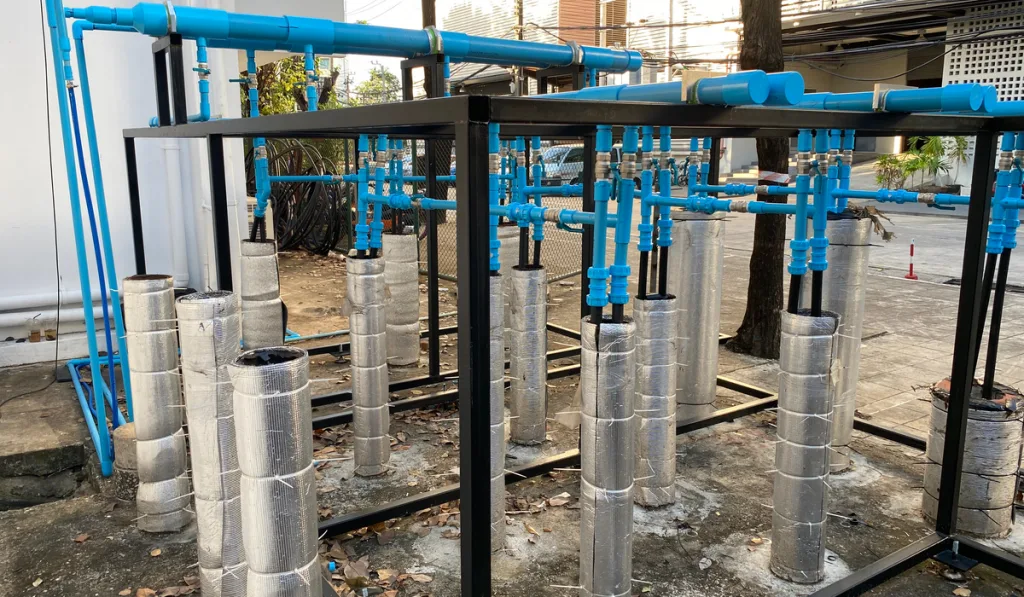
Geothermal systems are increasingly becoming popular for homeowners looking for an energy-efficient systems.
Although these units are expensive to install, you get to save money in terms of utility bills in the long run. A geothermal system has a network of underground pipes that use the earth’s temperature to heat and cool your house.
Heat is transferred from the earth and brought up into your home during the cold season, and in reverse, hot air is sent down underground and returns as cool air during the warm season.
Geothermal units can last for up to 25 years. On the downside, you have to deal with an expensive installation and high repair costs.
Other Factors to Consider When Choosing an HVAC System for Your Home
Apart from understanding the different types of HVAC systems, it would help if you also considered other factors when making a purchase. These factors include:
Fuel Source
Heat pumps and ACs run on electricity. However, you can opt for propane and natural gas for your heating needs as they are more energy-efficient.
Brand
The brand of HVAC system that you choose is essential, as it affects the system’s reliability and efficiency.
You can get recommendations on renowned brands from your contractor. You’ll find that some brands utilize different technologies for more energy efficiency.
Don’t forget to check the warranty coverage, as it differs by brand.
Energy Efficiency
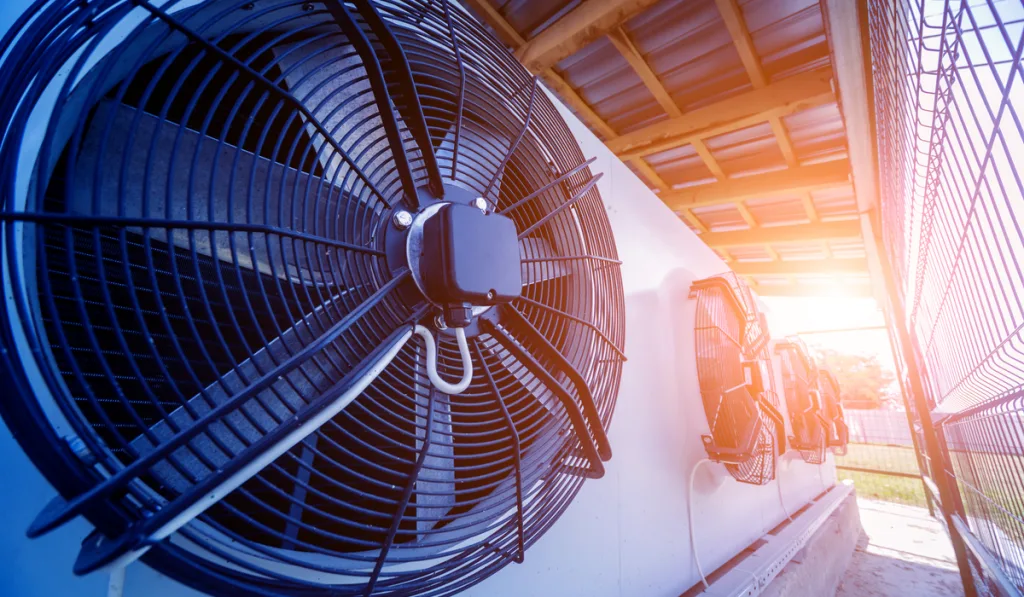
You may come across terms like:
- SEER (Seasonal Energy Efficiency Ratio)
- AFUE (Annual Fuel Utilization Efficiency)
- HSPF (Heating Seasonal Performance Factor)
All of these acronyms describe a unit’s heating or cooling efficiency.
Some highly efficient models will cost more than regular units. However, they’ll be less costly to operate in the long run.
Maintenance
Every HVAC system requires maintenance at least twice annually.
Experts recommend scheduling tune-up services in the spring and fall.
You may also need to perform tasks like changing air filters, sealing air leaks in the house, and keeping your outdoor heat pump or AC free of debris that may interfere with its performance.
Final Thoughts
Deciding on the HVAC system to install in your home can be overwhelming, especially if you don’t understand how they operate. With the basic knowledge above on the various HVAC systems in the market, you may have a starting guide on what you’d like.
Speak to a certified HVAC technician if you’re unsure which option to choose. They’ll advise and recommend the best option based on your current needs and budget.
